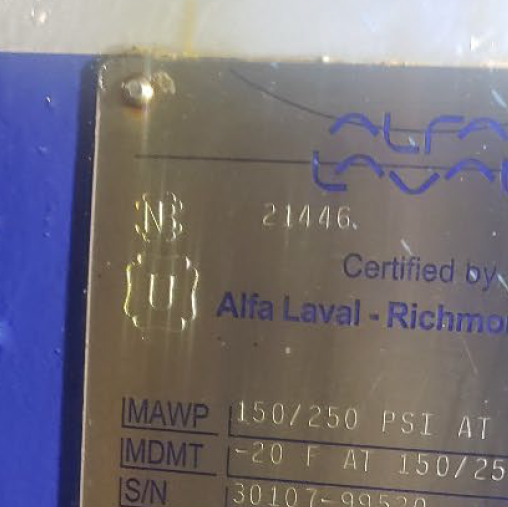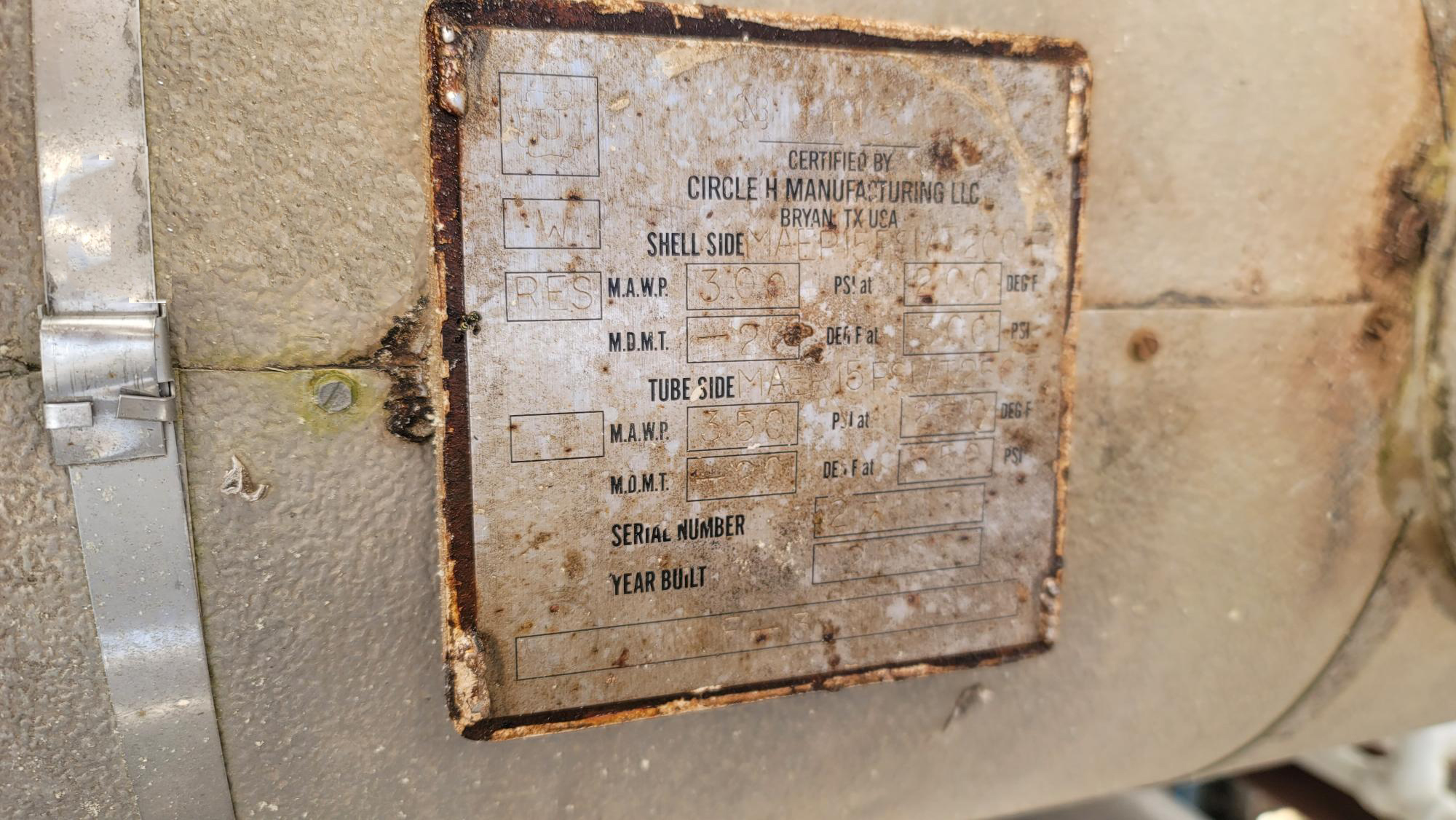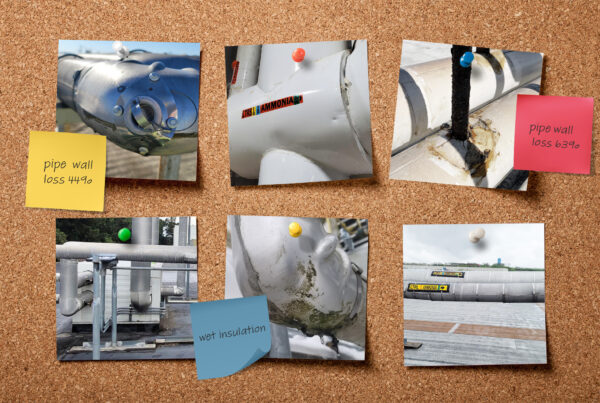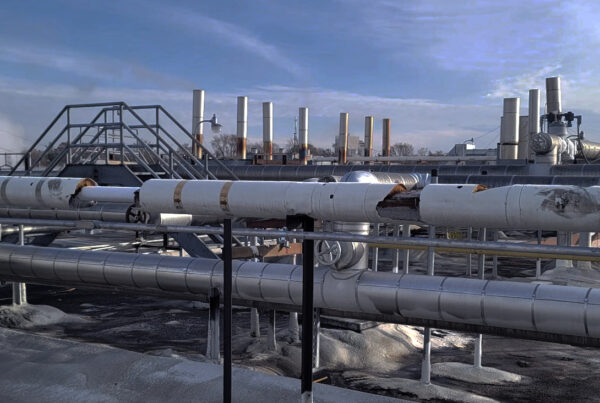Pressure Vessel Certification, the ASME Stamp, and U1As Explained
Vessel Documentation
Codes and process piping standards require pressure vessel certification, a U1A and an ASME stamped nameplate for most ammonia refrigeration pressure vessels. This is low-hanging fruit for an auditor, who will be sure to ask to see these when reviewing your PHA documentation.
While U vessels are the most common type of vessel found in an ammonia refrigeration system, some may have both U pressure vessels and UM pressure vessels. The main difference between U vessels and UM vessels is UM vessels are smaller in volume than U vessels, even though both size vessels can have similar operating pressures.
U vessels must have both a nameplate and a U1A. BSR/IIAR 2-201x Standard for Safe Design of Closed-Circuit Ammonia Refrigeration Systems addresses Nameplate requirements in Section 5.10. U vessels are your standard sized drums, receivers, and recirculators, for example.
UM vessels will be accompanied by a U-3 form and do not have to be registered with the National Board. Some categories for UM vessels as listed in the ASME BPVC U-1j subset, include:
- Vessels 5 Cubic Foot of volume or smaller with pressures not exceeding 250psi.
- Vessels 3 Cubic Foot of volume or smaller with pressures not exceeding 350psi.
- Vessels 1.5 Cubic Foot of volume or smaller with pressures not exceeding 600psi.
The ASME ‘Stamp’
All pressure vessels must be manufactured in accordance with ASME code and built with a nameplate. Once the pressure vessel passes its final inspection, the ASME Code mark is stamped onto the nameplate to document pressure vessel certification and verify that a manufacturer meets the quality control system requirements laid out in the American Society of Mechanical Engineers (ASME) Boiler and Pressure Vessel Code (BPVC).
- Manufacturers with the {U} or {U2} ASME stamp are permitted to design, fabricate, inspect, and test unfired pressure vessels.
- Manufacturers with the {S} ASME stamp are permitted to fabricate piping systems – pressure retaining parts, power boilers, and power piping.
The nameplate also displays the vessel’s National Board number, which proves the vessel’s manufacturer’s data report is registered with the National Board and the vessel meets requirements of the ASME code. The National Board Number of the vessel is also listed on the vessel’s U1A form, allowing for verification and ‘matching’ of all documentation and certification for the vessel.

U1As
The U1A form details pertinent information about the vessel, including its National Board Number and Serial Number. A U1A cannot be matched to a vessel without a visible, legible nameplate listing the National Board Number.
The U1As also list the vessel’s nominal wall thickness. This a crucial value for calculating remaining wall thickness after testing is performed to determine the vessel’s fitness for service.
It is very common for the nameplate to be insulated over, iced, or illegible due to age and effects of the environment. If the vessel nameplate is not visible or is unreadable, the U1A cannot be verified against the (missing) National Board Number and the vessel may need to be recertified.
Resources for Vessel Certification, Recertification, and Documentation
Pressure Vessel Certification / Recertification
For missing, illegible, and detached nameplates, this article from Resource Compliance details your options:
If the options listed in the aforementioned article are not viable, some consider recertification as an alternative to vessel replacement:
U1As
U1As can be ordered online from The National Board of Boiler and Pressure Vessel Inspectors (NBBI):
The following identifying information will be required:
- Original Manufacturer’s Name (REQUIRED)
- National Board Number (REQUIRED)
- Manufacturer’s Serial Number or “Blank” if Unknown
- Year Built or “Blank” if Unknown



